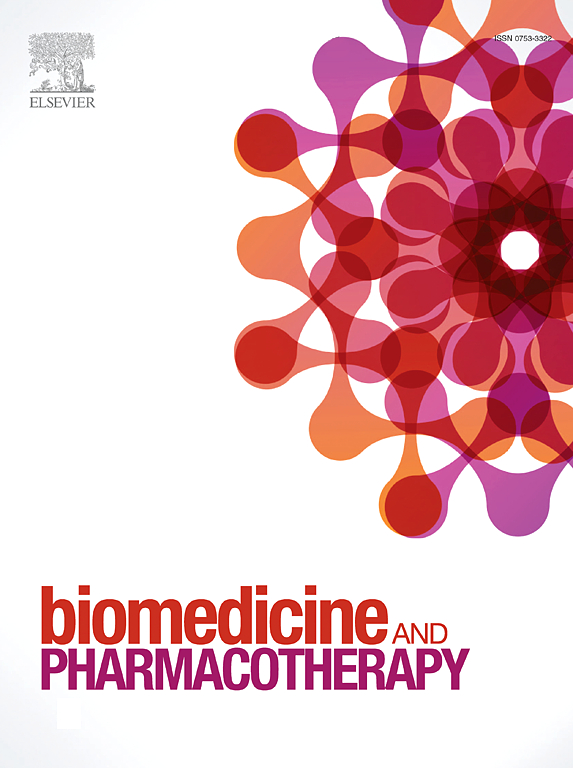Cell membrane sialome machinery and regulation of receptor tyrosine kinases in gliomas: The functional relevance and therapeutic perspectives
IF 6.9
2区 医学
Q1 MEDICINE, RESEARCH & EXPERIMENTAL
引用次数: 0
Abstract
Gliomas are the most common primary brain tumors characterized by high aggressive potential, poor therapeutic response, and significantly reduced overall patient survival. Despite significant progress in the diagnosis and therapy of cancer, gliomas remain a clinical challenge due to the high molecular and cellular heterogeneity, which provides for multiple mechanisms of chemoresistance and adaptive plasticity. A better understanding of cellular regulatory mechanisms of intracellular signal transduction enables the development of targeted drug therapies and clinical application. The increasing evidence confirms the role of sialoglycans in the processing of cell membrane receptors via altered dimerization, activation, and autophosphorylation, which results in changes in cellular signaling and promotes cancer progression. Hence, the modified sialylation patterns, as a hallmark of cancer, have been described as modulators of chemotherapy effectiveness and drug resistance. The receptor tyrosine kinases (RTKs)–mediated signaling in glial tumors control cell growth, survival, migration, and angiogenesis. Here, we focus on the engagement of the sialome machinery in RTKs processing in gliomas and its importance as a suitable therapeutic target. The analysis of the sialylation pattern and its impact on the activity of growth factor receptors provides valuable insights into our understanding of the molecular and cellular complexity of glial tumors. This highlights the novel treatment approaches that could improve prognosis and patients’ overall survival.
求助全文
约1分钟内获得全文
求助全文
来源期刊
CiteScore
11.90
自引率
2.70%
发文量
1621
审稿时长
48 days
期刊介绍:
Biomedicine & Pharmacotherapy stands as a multidisciplinary journal, presenting a spectrum of original research reports, reviews, and communications in the realms of clinical and basic medicine, as well as pharmacology. The journal spans various fields, including Cancer, Nutriceutics, Neurodegenerative, Cardiac, and Infectious Diseases.

 求助内容:
求助内容: 应助结果提醒方式:
应助结果提醒方式:


